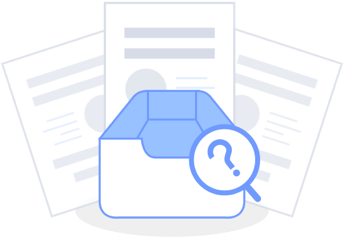 Ongoing
OngoingArduino Nano Programming Platform
STDArduino Nano Programming Platform
License
:Public Domain
Description
Overview:
This project involves the design and creation of an Arduino Nano shield/motherboard that provides additional input functionality for various sensor and user interaction applications. The shield incorporates a 9V voltage regulator, allowing it to safely operate with a wide range of input power sources. Additionally, the board features three potentiometers for analog input and five buttons for digital input, making it ideal for projects that require user control through adjustable settings and button presses.
Key Features:
-
9V Input Voltage Regulator:
-
The shield includes a 9V voltage regulator, which ensures stable power delivery to the Arduino Nano when powered by an external 9V source.
-
This eliminates the need for a separate power supply module, simplifying the design and allowing for a more compact setup.
-
The regulator also ensures that the Arduino Nano operates within its optimal voltage range, even when the input voltage fluctuates.
-
-
Three Potentiometers (Analog Inputs):
-
Three potentiometers are provided to serve as variable resistors, which can be used to control analog input values.
-
The potentiometers are connected to three of the Arduino Nano’s analog input pins (A0, A1, and A2), providing users with a simple way to adjust values in real-time, such as controlling light intensity, speed, or other sensor-based parameters.
-
-
Five Buttons (Digital Inputs):
-
Five tactile pushbuttons are included for digital input, connected to digital pins D2 through D6.
-
These buttons can be used to trigger various functions such as turning on/off devices, initiating actions, or cycling through modes in your Arduino project.
-
Each button can be easily programmed to interact with other components, allowing for user interaction through button presses.
-
-
Versatile Applications:
-
This shield is suitable for a wide range of applications such as robotics, home automation, user interfaces, sensor systems, and other interactive projects that require user input through both analog (potentiometers) and digital (buttons) signals.
-
It can also be used in combination with other sensors, modules, or displays to create more complex systems for prototyping and testing.
-
Design Drawing
 The preview image was not generated, please save it again in the editor.
The preview image was not generated, please save it again in the editor.BOM
 Bom empty
Bom empty Clone
CloneProject Members
 Empty
Empty


Comment